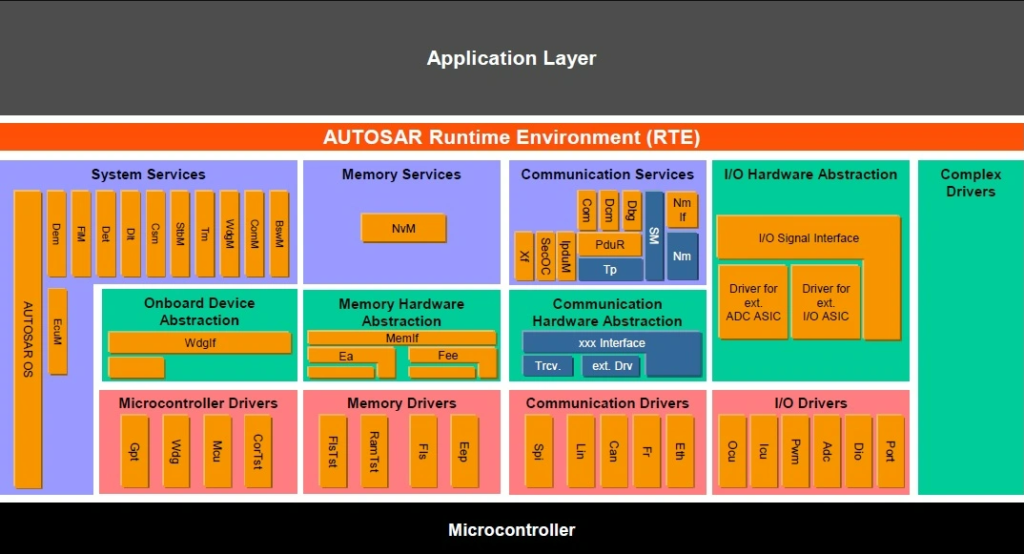Understanding AUTOSAR Architecture: A Guide to Automotive Software Integration
AUTOSAR was initiated in 2003 as a collaborative effort between major automotive manufacturers and suppliers. The goal was to establish a common framework for automotive software development, aiming to address the growing complexity of vehicle electronics.
Over the years, AUTOSAR has evolved to meet the increasing demands of the automotive industry. Today, it has become a de facto standard, shaping the way vehicle software is developed and integrated.





